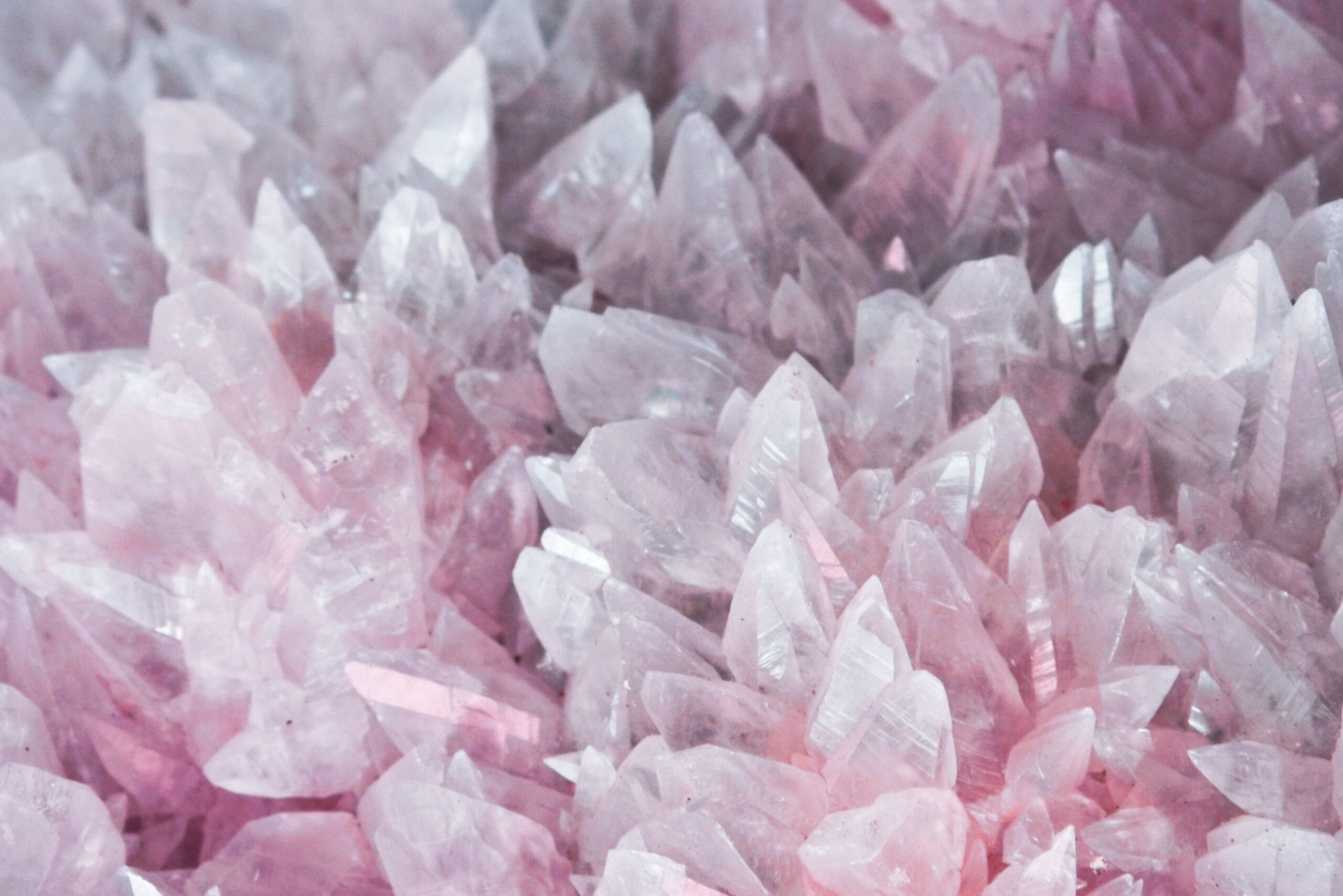Durability in Quartz VS that in Porcelain
Quartz and Porcelain are both man-made stones. The main difference is that Porcelain, in simple terms, is a print of a picture onto a stone base, whereas Quartz is a mixture of natural stone, resin and pigments, cooked to become a very sturdy stone.
As a result, Porcelain can boast off much more visually appealing designs, especially if the manufacturer can achieve a premium finish. However, what this also means is that Quartz, while also being stunning to look at, is much more sturdy than Porcelain.
Worktops are prone to all sorts of hot pans and trays, prone to all sorts of foods being placed on them, prone to all kinds of knocking and bashing caused by utensils, pots and so on. Therefore, the most important feature of a worktop is that it must be as strong and durable as possible.
Therefore, many more people will choose to go for Quartz as their kitchen worktop rather than Porcelain for this reason. In addition, the design of the Quartz slabs continues round the edges, as Quartz is made like a cake – the ingredients are placed into a template and baked. Therefore, even if something really hard does hit the worktop at extremely high strength, the slab will remain the same colour under the chipped piece.
On the other hand, we mentioned that Porcelain is a print on a stone, and so the design does not drop all the way through the stone. Resultingly, if a Porcelain slab chips (which is more likely to happen compared to Quartz), then the colour of the worktop underneath the chipped piece will be of a different colour, and so it will really stand out as a chip!




